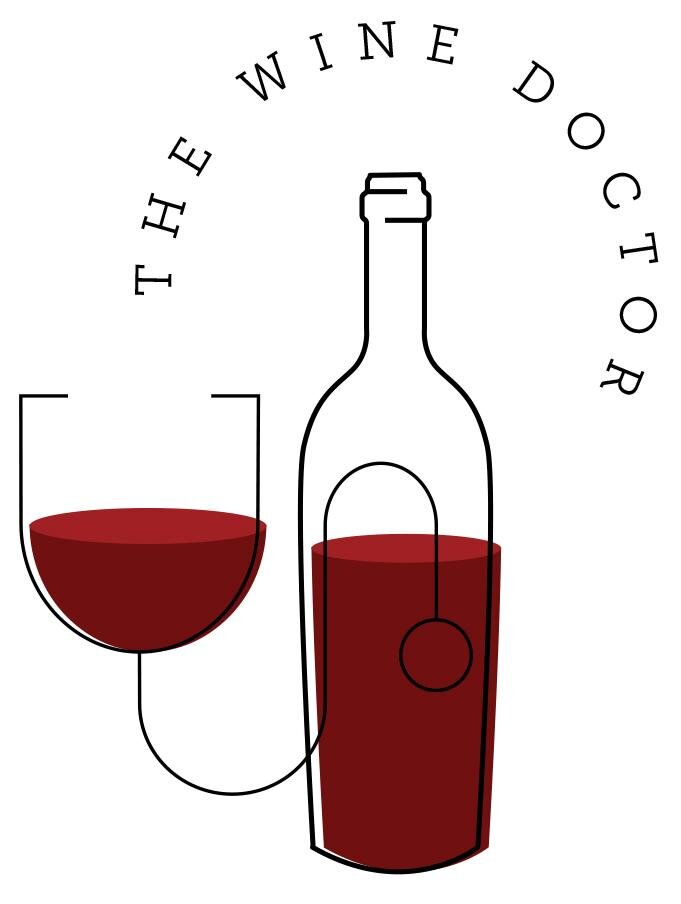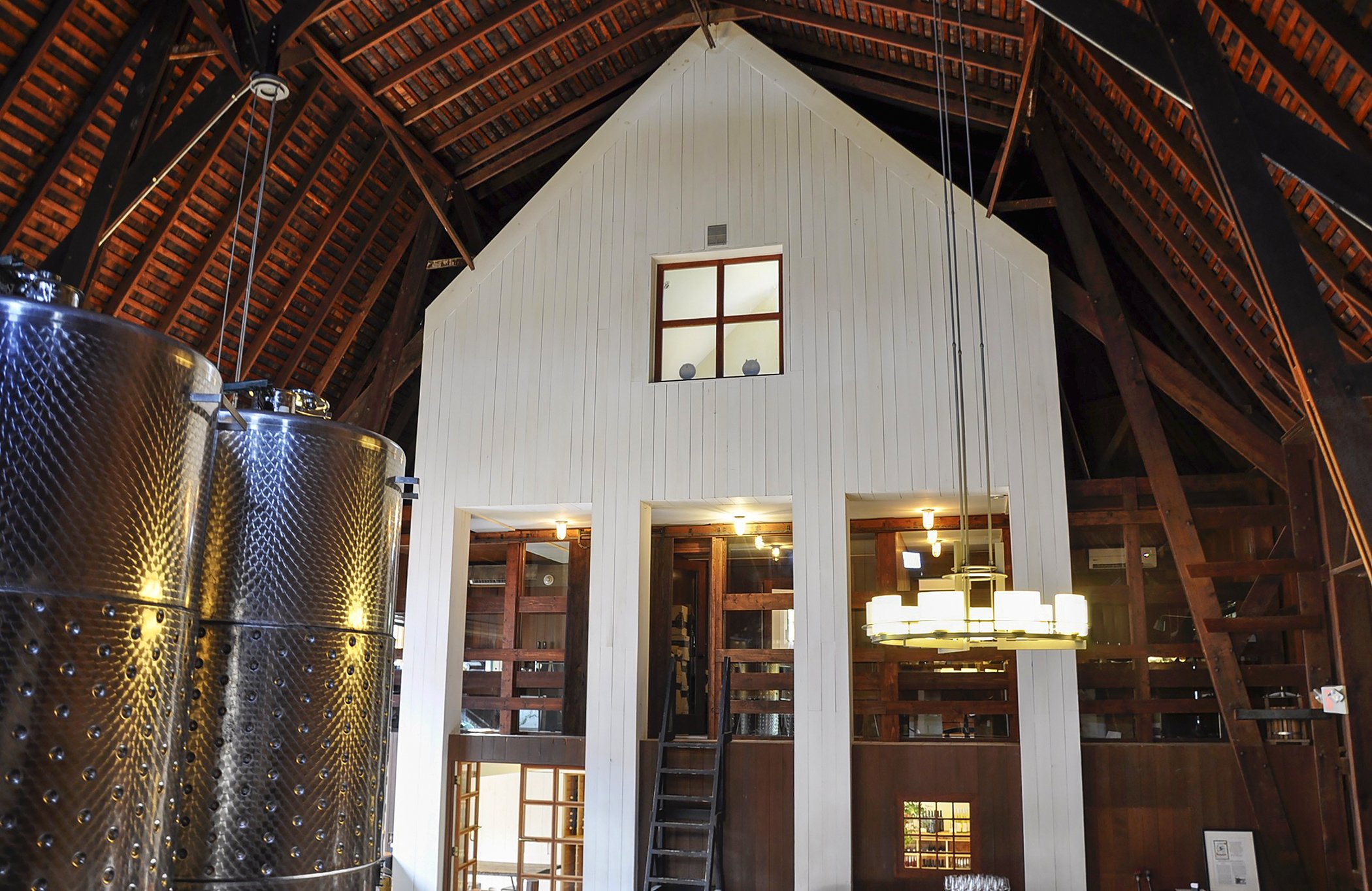Comfort Zone
I’m still here.
Didn’t mean to be away this long, but my last post quoting Ferris Bueller still holds. That bit about life coming at you pretty fast now includes Covid, which kept me on the sidelines for a while. But your Doc is back, fit and ready to prescribe!
In these posts, I often try to get you out of your comfort zone. But when I do I’m always coming from a safe place. Today, I thought it might be fun to challenge myself and leave my own wine comfort zone. So it’s time for me to get a little uncomfortable, and nothing says “uncomfortable” in my wine world like Riesling.
To be clear, uncomfortable doesn’t mean bad, it just means “I don’t know where to begin”. Riesling is a white wine that can elicit strong feelings, either positive or negative. I almost never buy it/order it, mostly because I don’t know it - but I’m about to change that.
The biggest misconception about Riesling is that it is a very sweet wine. It can be sweet, but it can also be dry, and just about everything in between. Let’s get under the hood and see what this grape is all about.
Riesling 101
Riesling is a very aromatic wine, with primary aromas of orchard fruits (green apple, lime, lemon), as well as honeycomb, jasmine and, here’s a word you don’t see very often, petrol. Wait, how can drinking a petroleum product be enjoyable? Keep reading, we’ll figure this out.
Ground zero for Riesling is southwest Germany, in the Mosel River Valley, and across the border in northeastern France, the Alsace. Riesling is Germany’s flagship wine, and it comes in all styles, dry to sweet. In particular, look for wines from the Rheingau and Pfalz. The German wine ripeness (think sweetness) classification system is very complex and I won’t even try to explain it here. In the Alsace, it is all about serious, dry Riesling!
Dry vs Off-Dry vs Sweet: The dryness of Riesling is based on the amount of residual sugar left at the end of fermentation. How much sugar is converted to alcohol will translate into a higher (or lower) alcohol by volume or “ABV %” which is printed on EVERY wine label. A drier style means more alcohol & less sugar, so the ABV will be higher. Rule of thumb: If the ABV is less than 9%, then the Riesling is sweet. If the ABV is between 10-11%, then it is off-dry/semi-dry, and if the ABV is 12% or more, you have a dry wine.
Riesling is also found in Austria, Australia and the United States, which is where we’re headed! No passport needed today; we are going somewhere new to this blog: New York State! Map please…
Our destination is Seneca Lake, in NY’s Finger Lakes region. This American Viticultural Area is home to more than 140 wineries, roughly half of which are situated around Seneca Lake.
The Finger Lakes are very deep, which helps moderate the microclimate and prevent early season frost. Vineyards are planted on steep hillsides overlooking the lake (very similar to Germany), providing good drainage, sun exposure and airflow.
A view from the west side of Seneca Lake
Although wine was made in the region beginning in the mid-to-late 1800s, the grapes tended to be more obscure American varieties and the quality was spotty. Until the 1960s, it was felt that the climate was too cold to properly grow the classic European varietals. That all changed when a Ukranian immigrant by the name of Konstantin Frank, armed with a PhD in Plant Science at Cornell, grafted European Vitis Vinifera vines onto hardy rootstock. His experiment worked, producing very good colder climate wine, most notably Riesling!
Our Wine: Hermann J. Wiemer Dry Riesling 2020. About $22 at retail.
Notice the shape of the bottle. This style of bottle (often called a Riesling bottle) is believed to have originated in Germany to allow for ease of bottle transportation across the Rhein River.
Once again, we have another great immigrant story. Founder Hermann Wiemer was born into a 300 year winemaking family in Germany. He arrived in the Finger Lakes in the 1960s, convinced the soils and climate could support his family’s beloved Riesling. In the 70s, he acquired land that had been farmed to soybeans, planted some experimental Riesling vines, and in 1979 officially established the Hermann J. Wiemer Vineyard.
His intuition was spot on. By the 1990s, his wines were getting national attention. His success allowed Wiemer to expand with additional vineyard acquisitions around Seneca Lake. In 2007, Hermann retired, selling to Fred Merwarth, who had started with him as an apprentice straight out of Cornell in 2001. Fred brought a university friend, Swedish agronomist Oskar Bynke, to partner with him and carry on Hermann’s legacy. The Wiemer estate now spans 90 acres, all biodynamically farmed.
The converted barn that serves as the Hermann J Wiemer Vineyards tasting room
Tasting:
The moment of truth. What would I find in my glass? The medium straw color didn’t really tell me much, but the nose sure did. I got a nice blend of green apple, beeswax/honeycomb (not the cereal), jasmine and just a little bit of spice. This was all very consistent with what I had read about Riesling. But what about that gasoline thing? Where was that “fill ‘er up” scent? Turns out the Riesling petrol note comes from an aroma compound abbreviated as TDN. I never did well in Chemistry, so I’m not going to fake my way through the explanation, other than to say it is more often found in aged Rieslings, which our wine isn’t. Riesling connoisseurs will say it is an appropriate characteristic, others consider it a flaw. Thankfully, not our problem.
My first sip delivered what I picked up on the nose: honey crisp apple, and, after it warmed just a little, some lime. Acidity was good, but there definitely is some weight on the palate. This wine doesn’t have that laser-like acidity you find in Sauvignon Blanc. It has more of a coating feeling. Finish was surprisingly long. But something was missing…oh yeah, food!
Food:
I am a fan of white wines that can be enjoyed as an aperitif, straight-up if you will. In this case, I found myself thinking “this needs food”. But what food? If your Riesling is dry like this one, shellfish (shrimp or crab), with their slight sweetness, would be a nice match. A slightly counter-intuitive choice would be a creamy sauce to achieve a contrasting pairing (see my book Wine Made Easy, page 60!). White meat like pork, with an apple-based sauce would be good too. But the one great pairing I discovered and tried myself was: smoked fish! I had it with smoked trout. Let’s just say my regard for Riesling went up a notch. If your Riesling is “off dry” (just a little sweet), look no further than Asian food: Thai, Vietnamese, Indian. Just. Think. Spice.
The Bottom Line:
I pushed through my discomfort and learned about this grape. However, I only scratched the surface, and realize I need to keep experimenting. While Riesling is not likely to become one of my go-to wines, I can appreciate it and now know when to say “I’ll have a Riesling”.
Expanding your wine knowledge is what this site and these posts are all about. Do as your Doctor does…don’t get too comfortable!
Until next time,
Cheers!




